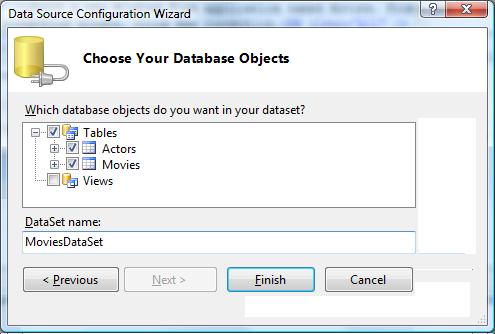

These tech-giants required massively scalable database management systems that could write and read data anywhere in the world, while delivering performance and availability to billions of users. Internet leaders like Amazon, Google, and Facebook felt this pain first around the turn of the century and created NoSQL (not-only-SQL or non-SQL), a new way to store and access data that no longer relied on relational databases.

Companies needed a sequel to SQL-a database solution that has the flexibility to handle all data types, structured and unstructured, and that can also cost-effectively scale to reliably store it all, no matter how enormous the stockpile becomes. Rigid, tabular relational database boxes are no longer a good fit for the ever-expanding variety of data sources, including internet interactions, mobile devices, e-commerce transactions, social media, video, audio, digital images, IoT sensors, analytics, weather readings, AI, machine learning, and much more. Since the rise of the Internet in the 1990s, there’s been an ever-increasing flood of data it comes from everywhere and in all shapes and sizes. All data types can be stored and accessed together in the same data structure.Īnother key factor in NoSQL’s development and adoption-exploding data volume and variety. To maximize developer productivity, NoSQL databases were designed to be extremely flexible and easy to work with and aren’t limited to the table approach. Instead, the cost of developer time increased dramatically. Since then, the cost of storage has plummeted, making it far less important to spend time and resources focusing on eliminating data duplication. Substantial time and thought needs to be dedicated to their design before the database is created. While extremely organized, this also makes SQL databases extremely inflexible and difficult to modify. For that reason, data duplication between the tables in relational databases is minimized. Their use dates back to the early 1970s, a time when data storage was extremely expensive. Relational databases that use SQL in this way are simply called SQL databases. The SQL programming language was designed as an easy way to query and modify relational databases. To better understand NoSQL databases, let’s first take a look at their alternative: relational databases.


 0 kommentar(er)
0 kommentar(er)
